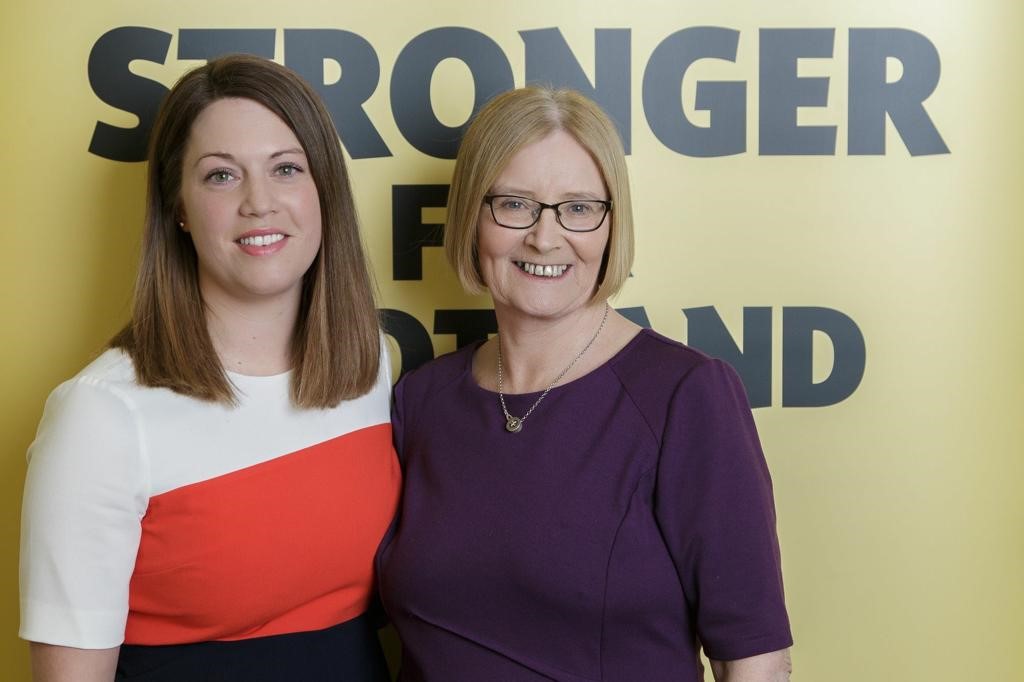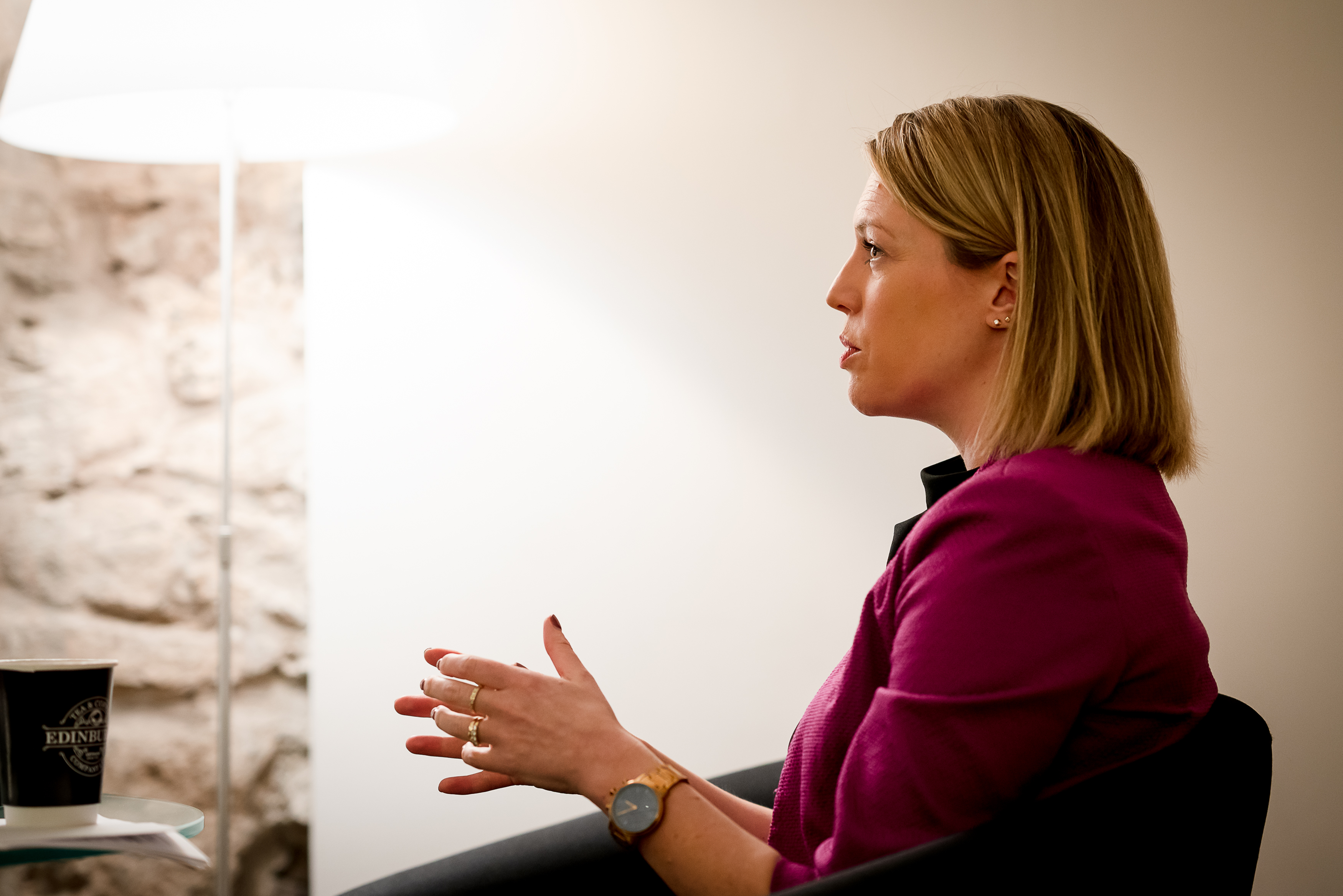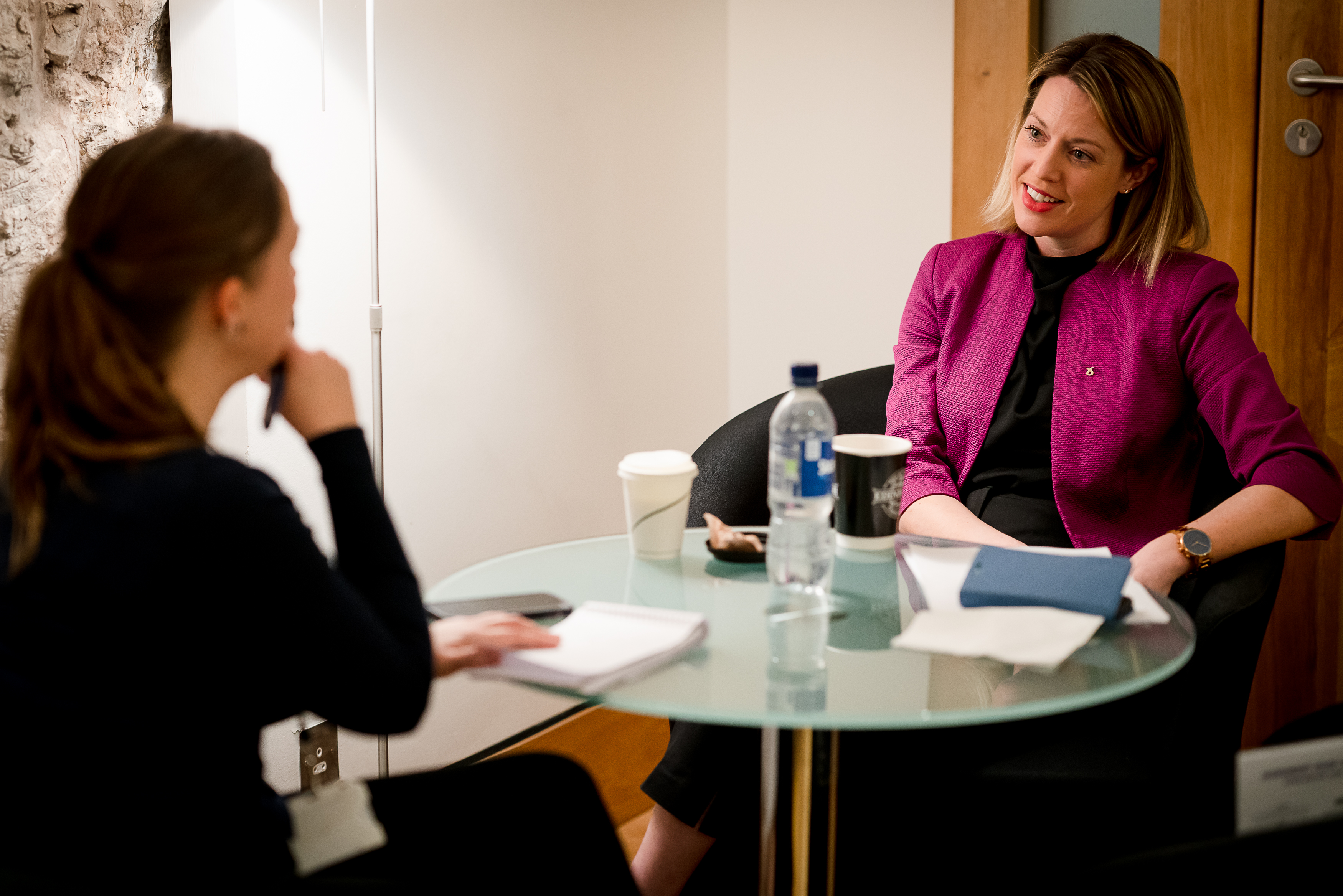Transport minister Jenny Gilruth: Political Journey
Transport Minister Jenny Gilruth knows that “people don’t always trust” that Scotland’s road, rail and ferry services are “going to work”.
Bus usage has dipped, rail traffic has decreased further, and the word “ferries” has become more synonymous with the Ferguson Marine row than inter-island travel. Since ScotRail was nationalised, services have been repeatedly stalled by industrial action that now threatens to spill over and across the Christmas period.
Although ScotRail workers have accepted a new increased pay deal, averting a string of strikes this month in a package which has also extended the agreement on rest day working, another UK-wide row continues to jeopardise services. UK Government-owned Network Rail, which runs railway infrastructure rather than trains, remains in dispute with the RMT union about job cuts. Planned industrial action by affected workers could still affect Scotland’s network in the coming weeks.
So, it’s no wonder that Gilruth, who is less than a year in post, has a lot in her in-tray. “Transport is 100 miles an hour, every day,” she tells Holyrood. “You can’t predict what’s going to happen, you have to brace yourself for that. For the first couple of weeks, I was thinking ‘when will it stop?’, but it doesn’t stop. You have to prepare yourself. That’s the thing I have really focused on over the last nine or 10 months, being prepared and trying to put my stamp on some of it.”
The eldest of three girls raised by university-educated parents, Gilruth considered a journalism career before entering teaching, via the civil service, and stood for the SNP in the Scottish Parliament election of 2016, winning the Mid-Fife and Glenrothes seat. She became minister for Europe and international development in a 2020 reshuffle – a role that saw her work closely with veteran MSP Michael Russell on Brexit and more – and her portfolio expanded to include culture following the 2021 election. The transport brief followed in January, after Graeme Dey stepped down for health reasons.
But her political journey started with a friendship with one Tricia Marwick, a former presiding officer of the Scottish Parliament and fellow Fifer. “I wouldn’t be an MSP if I hadn’t met her,” Gilruth says. “She has been a huge influence on my life.”

The pair met when Gilruth was a student researching a dissertation on women in politics. Of the 10 women she interviewed, Edwina Currie was one, and Marwick was another. She was “really encouraging”, Gilruth says, and “just gave me time”. The pair struck up a friendship and it was under Marwick’s influence that Gilruth, who hadn’t grown up in a political household, eventually joined the SNP, leaving a job as a graduate researcher with the then-Scottish Executive to join her staff.
“I didn’t want to be a civil servant and I didn’t like it,” she recalls. “It required you to be robotic, to some extent. I didn’t think that environment was very positive; people didn’t seem very happy.”
When Marwick was stepping down in 2016, Gilruth became the candidate to replace her, and the pair remain close today, living “round the corner” from each other and speaking often. “She definitely played a mentorship role,” Gilruth says. “It’s her fault I’m an MSP.”
Marwick was amongst the guests at Gilruth’s summer wedding to former Scottish Labour leader Kezia Dugdale, as was Russell, who she says played a “big role” in her development as a minister, a process which began over screens during lockdown. Gilruth and Dugdale married at Ceres in Fife in June, five years after confirming their relationship. Far from the only romance in the Scottish Parliament, their relationship was nonetheless unique – the leader of the party of opposition and a backbencher of the party of government. Politics being politics, it was the subject of much comment, with some suggesting Gilruth would now have no chance of ministerial progression.
“I don’t think any of my friends were saying that,” Gilruth tells Holyrood. “My group were very supportive towards me. People forget I’d never been out with a woman before I went out with Kez, so I was also having to make an announcement about my sexuality that was very public. I’d only been an MSP for a year and a half, but I didn’t see the relationship as a barrier.”
Educated at Madras College in St Andrews, Gilruth would go on to teach modern studies and become the department head of a Fife secondary. Her first job on leaving university in 2006 was a summer contract as a play worker in Glasgow’s east end. It’s an experience she reflects on now as transport minister, because the community she was serving – Cranhill – was so badly affected by poor connectivity. “You see the three high rise flats lit up from the motorway,” she says, “and it was just a fantastic community, but it was so stark. For living in Glasgow, some of the children had never been to the city centre. That feeling of sitting at the side of the busiest road in Scotland and being completely detached from the city centre and all that had to offer... They were completely isolated. One of the things that isolated them was transport links.”

Transport is, Gilruth says, an “enabler”, both in terms of personal freedoms and economic activity. She knows better connections between modes and providers of transport is a major issue for the public, and recognises calls – 10 years since the Scottish Government unveiled a plan for an Oyster Card-style national payment scheme – for joined-up ticketing too. While there is a card scheme to provide free bus travel for those aged under 26, and another for free or discounted journeys for over 60s, the Fair Fares Review was launched earlier this year to look at affordability for paying passengers, and a trial scheme next year will provide ticketing to cover three different modes of transport in a pilot area. “We need to provide that straightforward travel people want to see,” says Gilruth. “That’s where we need to get to as a country.”
But there are a range of issues to contend with, not least the deregulated bus market resulting from the Thatcherite policies of the 1980s, and the continued industrial disputes affecting the railways. Then there are the ferries. It’s now five years since the MV Glen Sannox was unveiled, yet it still hasn’t entered service, and it and its similarly delayed sister vessel Hull 802 are now expected to cost more than £250m, despite the initial £97m price tag. The Scottish Government has resisted opposition calls to instigate a full public inquiry, and says it “deeply regret[s] that the vessels are taking longer and costing more than they should”, urging Ferguson Marine “to do all it can to bring down costs and meet the agreed delivery schedule”.
The ferries fiasco, as it has come to be known, plays out against a backdrop of wider service issues for island communities, with sailings subject to significant disruption in recent months. Reduced ferry capacity over the summer has cost £8.5m to local economies in Harris and Uist alone, according to Harris Development Limited, with the number of vehicles carried down by 10,000 on pre-Covid levels.
Passengers numbers are down elsewhere too. A total of 46.69 million passenger journeys were made on ScotRail services between April 2021 and March 2022, according to the UK’s Office of Road and Rail, and this is fewer than half of the total for April 2019-March 2020. Bus journeys have also reduced, and in a paper published this year, researchers from Edinburgh Napier University, the Aristotle University of Thessaloniki and the University of Nottingham found that “post Covid-19, a third of Scottish residents expect to use public transport less”.
Gilruth herself is one of this group, commuting to Edinburgh now once a week on average in a journey which has recently been affected by train faults and other disruption. “Travel habits have changed,” she says, and the busiest days for ScotRail are now at the weekend. She’s previously hinted that, as a result, the long-established system of peak and off-peak fares may need to change, and while prices have been frozen until the end of the financial year, work needs to be done on pricing. “That Monday to Friday pattern just doesn’t exist in the same way it used to. I’m really open to discussing that,” Gilruth says. “If we are going to make rail more affordable, we need to have more people on our trains and inject those profits back into the system.
“I get weekly figures; rail is right down. Bus is still depressed a little but not quite as much as rail. One thing the pandemic has done is drive people back into their cars. Everyone feels safe in their cars; you don’t need to wear a mask. We need to get people out their cars. It’s hugely challenging.

“We subsidised ScotRail throughout the pandemic for good reason,” she goes on, “because we were providing services for key workers – and rail staff themselves were key workers – but we were running largely empty trains. The financial hit that we have taken in government is not to be ignored and we need to look at how we can grow our way out. We are going to need more trains in the future and to run them more regularly.
“When people have challenges on trains, I’m the first to know about it. People get really frustrated about transport, and I get that. You’re going to the hospital, you’re going to a job interview, and it needs to work. People don’t always trust that public transport is going to work. That’s a problem I need to focus on.”
But Gilruth cautions that neither she nor the Scottish Government have the power to address every issue affecting the transport sector. Brexit has brought “real challenges” including labour shortages, rising fuel costs and bureaucratic hold-ups to licences, she says, while rough seas, high winds and heavy rains affect all forms of transport. “Despite what some MSPs will say in the chamber, I’m not in control of the weather,” Gilruth says. “If ships can’t sail because a ship’s master takes a decision for safety reasons, you need to accept that,” though she accepts that “island communities are scunnered by the services they are receiving”.
But, she says, “there are good stories of transport I’m really excited about”. “Parts of our network are really well connected – I can walk to the train station in five minutes, get to Edinburgh Gateway and take the tram to the airport in less than an hour. Parts of the city of Edinburgh are extraordinarily well-served. There are parts of the city where that connectivity really does work.”
But there are others where it doesn’t, and some local bus services are under threat as operators struggle to make them profitable. The free national travel schemes already established support user growth, Gilruth says, but there remain questions over some routes.
Part of meeting the needs of communities, she argues, means the transport sector taking a look within. “It’s in many ways quite traditional and quite macho,” she says. “It’s not a modern sector yet. Parts of it are modernising, but we have to get there more quickly because it needs to look like modern Scotland. The sector has a journey to go on to better reflect the people of Scotland, and, in doing that, better reflect their needs.”
Holyrood Newsletters
Holyrood provides comprehensive coverage of Scottish politics, offering award-winning reporting and analysis: Subscribe